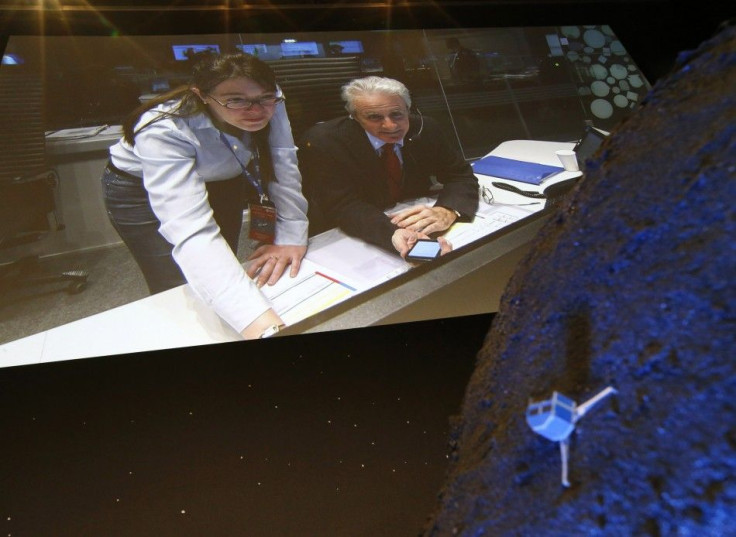67P Is An Asteroid And Not A Comet, Says John Bowler

John Bowler from Cheltenham, England, in a brief letter to the Guardian, wrote that 67P/Churyumov-Gerasimenko (the P is an abbreviation for "periodic comet") is an asteroid, which are usually made of rock or metal. He objected to the claims made by the European Space Agency, an intergovernmental organisation that has 20 member-states and is dedicated to the purpose of exploration of the space, that the 67P was a comet, which is usually icy in nature.
Bowler also made an objection to the poor science of the organisation. Professor Ian Stewart from the University of Warwick voiced his opinion saying that Bowler could not differentiate between a comet and an asteroid.
According to an article in the Guardian, the ESA might be right because it has access to the information provided by expert astronomers. It mentioned that the name that was given to it, 67P/Churyumov-Gerasimenko is of the format of names that are given to comets and in the Planetary Data System Small Bodies Node table of comets, it has been listed as 67P/1969 R1. The article also mentioned that the asteroid names followed a different format.
The Philae lander, a robotic lander by the ESA that landed on 67P 10 years after it departed Earth accompanying the Rosetta spacecraft, has confirmed that 67P was icy and that it looked like a rock as it was covered in dust. The comet has brought in a lot of attention to itself since the Rosetta spacecraft reached the comet in August 2014 and touched down on the surface in November of the same year.
In 1969, it was found that the 67P had a coma, which is basically a haze that was created because it approached the sun and the ice from the comet turned into vapour and that in turn develops into a tail. In 1996, the comet seemed to have a larger coma. Some comets, which have a short-period orbit, prefer staying close to the sun and 67P is one of those comets while there are other comets, which are best-known, that have long-period orbits.
Contact the writer: afza.kandrikar@gmail.com




















